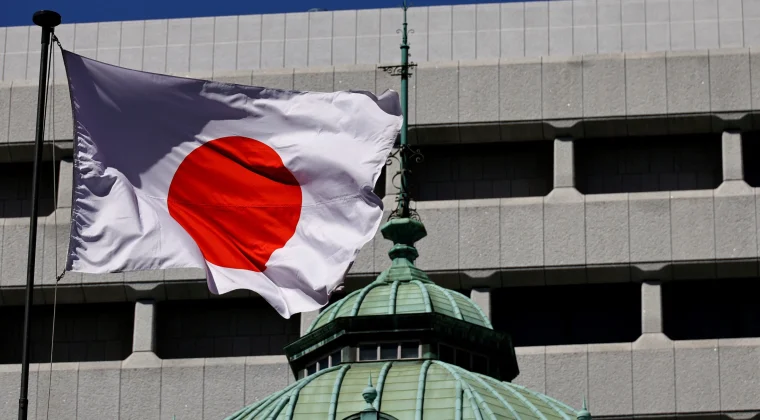-
- Trading Platforms
- PU Prime App
- MetaTrader 5
- MetaTrader 4
- PU Copy Trading
- Web Trader
- PU Social
-
- Trading Conditions
- Account Types
- Spreads, Costs & Swaps
- Deposits & Withdrawals
- Fee & Charges
- Trading Hours


Key Takeaways:
*Japanese yen hovers near multi-week lows ahead of the Upper House election on July 20.
*Rising concerns over US-Japan trade tensions, with Washington considering a 25% tariff if no deal is reached by August 1.
*Steepening JGB yield curve signals increased speculation over potential BoJ rate cuts.
Market Summary:
The Japanese yen continued to hover near recent lows on Tuesday as political and economic uncertainties weighed on investor sentiment. All eyes are on Japan’s Upper House election scheduled for 20 July, seen as a key moment for the ruling coalition’s grip on power.
The Liberal Democratic Party (LDP) and its junior partner Komeito need at least 50 seats to maintain their majority. However, a recent poll by Asahi Shimbun conducted on 13–14 July suggests the coalition may only secure around 43 seats. Meanwhile, the right-wing opposition Sanseito is projected to win up to 18 seats, potentially gaining greater influence in the legislature.
While the LDP-Komeito bloc is expected to remain the largest faction, a weakened majority could undermine political stability and the coalition’s ability to push through key reforms—adding pressure on the yen and domestic financial markets.
Beyond politics, trade tensions between the U.S. and Japan are another headwind. Washington has proposed broad-based tariffs of up to 25% on Japanese goods if a trade agreement isn’t reached before the 1 August deadline. Tokyo is pushing to finalize negotiations during a meeting with U.S. Treasury Secretary Scott Blessent this weekend, but uncertainty remains high. A breakdown in talks could trigger further yen weakness amid renewed risk aversion.
In the bond market, Japan’s yield curve has steepened notably, reflecting market speculation that the Bank of Japan (BoJ) may hold rates lower in the short term despite longer-term inflation concerns. This dynamic has also weighed on the yen, as low short-term yields dampen its attractiveness in global carry trades.
Technical Analysis
USD/JPY, H4:
The pair remains rangebound as it consolidates below the key Fibonacci extension resistance at 148.60. Momentum indicators show limited directional bias: the MACD is flat, and the RSI hovers around the neutral 49 mark, suggesting a wait-and-see approach by traders.
A confirmed breakout above 148.60 could open the door to further upside, with the next resistance level seen at 149.05. Conversely, failure to break higher may lead to a pullback toward initial support at 147.80, followed by deeper downside toward 146.90.
Resistance Levels: 148.60, 149.05
Support Levels: 147.80, 146.90


Trade forex, indices, metal, and more at industry-low spreads and lightning-fast execution.
Sign up for a PU Prime Live Account with our hassle-free process.
Effortlessly fund your account with a wide range of channels and accepted currencies.
Access hundreds of instruments under market-leading trading conditions.